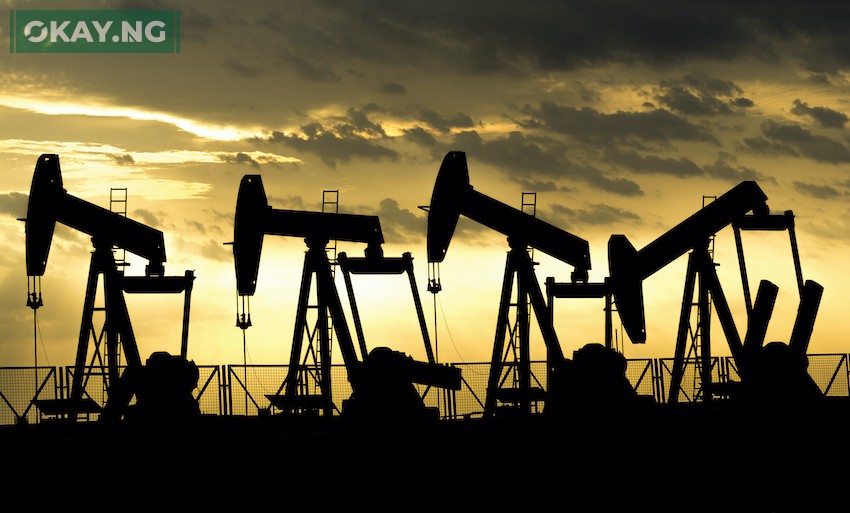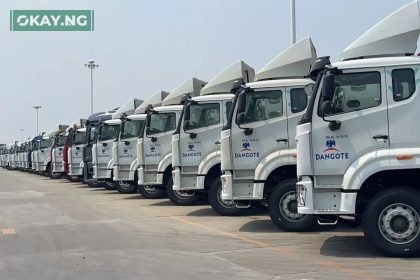Oil is one of the most valuable and widely used commodities in the world. It is a fossil fuel that is formed from the remains of ancient plants and animals that were buried under layers of sediment and subjected to high pressure and temperature over millions of years.
Oil is used for various purposes, such as transportation, electricity generation, heating, cooking, and manufacturing of plastics, chemicals, and medicines.
Oil reserves are the estimated quantities of crude oil that can be extracted from the earth under existing economic and technical conditions. Oil reserves are classified into different categories, such as proven, probable, possible, and contingent, depending on the degree of certainty and feasibility of their recovery. Proven reserves are the most reliable and conservative estimates, as they are based on geological and engineering data and have a high probability of being recovered.
The amount and distribution of oil reserves in the world are constantly changing due to new discoveries, production, consumption, and revisions of existing estimates. Different sources may have different methods and criteria for measuring and reporting oil reserves, which may result in discrepancies and controversies. However, some sources are widely used and accepted by the industry and the public, such as the U.S. Energy Information Administration (EIA), the Organization of the Petroleum Exporting Countries (OPEC), and the British Petroleum (BP) Statistical Review of World Energy.
According to these sources, the world had about 1.7 trillion barrels of proven oil reserves as of the end of 2020, which is enough to meet the global demand for about 50 years at the current rate of consumption. However, this does not mean that the world will run out of oil in 50 years, as new technologies, exploration, and alternative sources of energy may extend the life span of the existing reserves and increase the potential for future discoveries.
The following is a list of the top ten countries with the largest proven oil reserves in the world, based on the data from the EIA, OPEC, and BP as of the end of 2020. The list also includes the percentage of the world’s total reserves, the daily production, and the years of production in reserve for each country.
1. Venezuela
Venezuela is the leading country in terms of oil reserves, with over 304 billion barrels of oil beneath its surface. This accounts for about 18% of the world’s total reserves and is more than the combined reserves of the next two countries on the list. Venezuela’s oil reserves are mostly located in the Orinoco Belt, a vast area of heavy and extra-heavy crude oil that requires advanced technology and investment to extract and refine. Venezuela is also a founding member of OPEC and one of the major oil exporters in the world. However, the country’s oil industry has been suffering from political and economic instability, mismanagement, sanctions, and low oil prices in recent years, which have severely affected its production and exports. According to the EIA, Venezuela produced about 500,000 barrels per day in 2020, which is a sharp decline from its peak of 3.5 million barrels per day in 1997. At this rate, Venezuela has enough oil reserves to last for over 1,600 years.
2. Saudi Arabia
Saudi Arabia is a close second with 298 billion barrels of oil reserves, which account for about 17% of the world’s total. Saudi Arabia’s oil reserves are mostly concentrated in the Eastern Province, where the giant Ghawar field, the largest conventional oil field in the world, is located. Saudi Arabia is also the largest producer and exporter of oil in the world, as well as the de facto leader of OPEC. According to the EIA, Saudi Arabia produced about 9.2 million barrels per day in 2020, which is slightly lower than its previous levels due to the OPEC+ agreement to cut output in response to the COVID-19 pandemic and the oil price war with Russia. At this rate, Saudi Arabia has enough oil reserves to last for about 89 years.
3. Canada
Canada is third with 170 billion barrels of oil reserves, which account for about 10% of the world’s total. Canada’s oil reserves are mostly located in the province of Alberta, where the vast oil sands, also known as tar sands, are found. Oil sands are a mixture of sand, clay, water, and bitumen, a thick and sticky form of crude oil that requires extensive processing and upgrading before it can be refined into usable products. Canada is also the fourth-largest producer and exporter of oil in the world, as well as the largest supplier of oil to the United States. According to the EIA, Canada produced about 4.2 million barrels per day in 2020, which is lower than its previous levels due to the COVID-19 pandemic and the low oil prices. At this rate, Canada has enough oil reserves to last for about 111 years.
4. Iran
Iran is fourth with 209 billion barrels of oil reserves, which account for about 12% of the world’s total. Iran’s oil reserves are mostly located in the southwestern region, near the border with Iraq and the Persian Gulf, where the majority of its oil fields are situated. Iran is also one of the founding members of OPEC and one of the major oil producers and exporters in the world. However, Iran’s oil industry has been facing significant challenges and constraints due to the U.S. sanctions, the COVID-19 pandemic, and the regional tensions. According to the EIA, Iran produced about 2 million barrels per day in 2020, which is a drastic drop from its peak of 6 million barrels per day in 1974. At this rate, Iran has enough oil reserves to last for about 287 years.
5. Iraq
Iraq is fifth with 145 billion barrels of oil reserves, which account for about 8% of the world’s total. Iraq’s oil reserves are mostly located in the southern and central parts of the country, where the majority of its oil fields are located. Iraq is also one of the founding members of OPEC and one of the major oil producers and exporters in the world. However, Iraq’s oil industry has been affected by decades of wars, conflicts, sanctions, and instability, which have hampered its development and potential. According to the EIA, Iraq produced about 3.8 million barrels per day in 2020, which is lower than its previous levels due to the OPEC+ agreement to cut output and the COVID-19 pandemic. At this rate, Iraq has enough oil reserves to last for about 104 years.
6. Kuwait
Kuwait is sixth with 102 billion barrels of oil reserves, which account for about 6% of the world’s total. Kuwait’s oil reserves are mostly located in the northern and western parts of the country, where the majority of its oil fields are located. Kuwait is also one of the founding members of OPEC and one of the major oil producers and exporters in the world. According to the EIA, Kuwait produced about 2.4 million barrels per day in 2020, which is lower than its previous levels due to the OPEC+ agreement to cut output and the COVID-19 pandemic. At this rate, Kuwait has enough oil reserves to last for about 116 years.
7. United Arab Emirates
The United Arab Emirates (UAE) is seventh with 98 billion barrels of oil reserves, which account for about 6% of the world’s total. The UAE’s oil reserves are mostly located in the emirate of Abu Dhabi, where the majority of its oil fields are located. The UAE is also one of the founding members of OPEC and one of the major oil producers and exporters in the world. According to the EIA, the UAE produced about 2.7 million barrels per day in 2020, which is lower than its previous levels due to the OPEC+ agreement to cut output and the COVID-19 pandemic. At this rate, the UAE has enough oil reserves to last for about 99 years.
8. Russia
Russia is eighth with 80 billion barrels of oil reserves, which account for about 5% of the world’s total. Russia’s oil reserves are mostly located in the western and eastern parts of the country, where the majority of its oil fields are located. Russia is also the second-largest producer and exporter of oil in the world, as well as the leader of the non-OPEC group of oil-producing countries. According to the EIA, Russia produced about 10.5 million barrels per day in 2020, which is slightly lower than its previous levels due to the OPEC+ agreement to cut output and the COVID-19 pandemic. At this rate, Russia has enough oil reserves to last for about 21 years.
9. Libya
Libya is ninth with 48 billion barrels of oil reserves, which account for about 3% of the world’s total. Libya’s oil reserves are mostly located in the eastern and southern parts of the country, where the majority of its oil fields are located. Libya is also one of the founding members of OPEC and one of the major oil producers and exporters in the world. However, Libya’s oil industry has been severely disrupted and damaged by the civil war, political instability, and violence that have plagued the country since 2011. According to the EIA, Libya produced about 1.1 million barrels per day in 2020, which is a recovery from its previous lows but still far below its peak of 1.8 million barrels per day in 2010. At this rate, Libya has enough oil reserves to last for about 120 years.
10. Nigeria
Nigeria is tenth with 37 billion barrels of oil reserves, which account for about 2% of the world’s total. Nigeria’s oil reserves are mostly located in the Niger Delta, where the majority of its oil fields are located. Nigeria is also one of the founding members of OPEC and one of the major oil producers and exporters in Africa.
However, Nigeria’s oil industry has been facing various challenges and issues, such as environmental degradation, pipeline vandalism, theft, corruption, and violence, which have affected its production and revenue. According to the EIA, Nigeria produced about 1.9 million barrels per day in 2020, which is lower than its previous levels due to the COVID-19 pandemic and the OPEC+ agreement to cut output1. At this rate, Nigeria has enough oil reserves to last for about 53 years.













